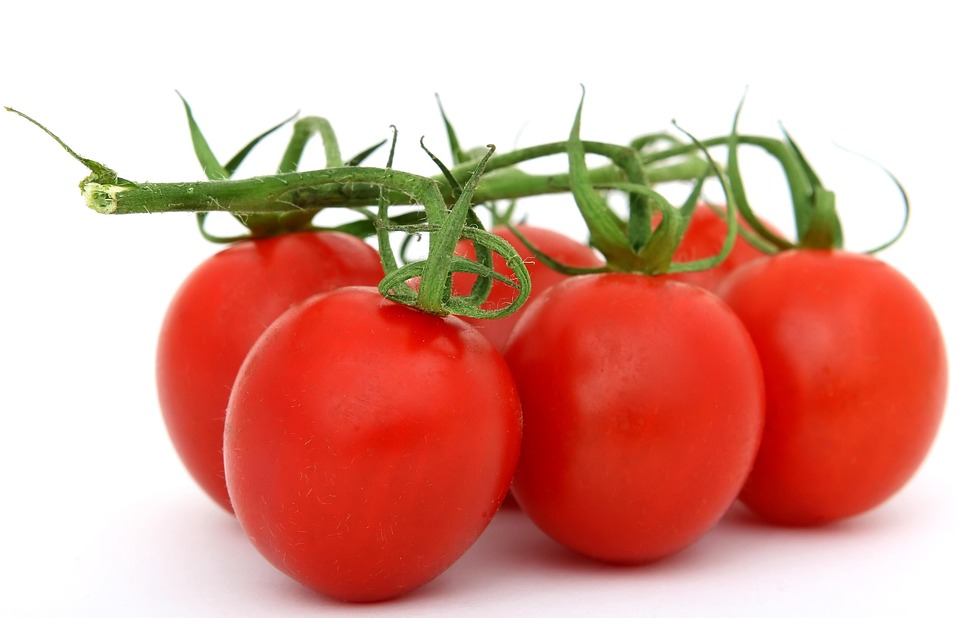In the culinary world, presentation is just as important as flavor. A beautifully plated dish can elevate a meal from ordinary to extraordinary, transforming the dining experience. The art of plating is a skill that combines creativity, technique, and an understanding of how to engage the senses. Here’s a guide to help you make every plate a masterpiece.
1. Understand the Basics of Plating
Balance and Composition
A well-plated dish should have a sense of balance. Consider the colors, shapes, and sizes of the elements on the plate. Aim for visual harmony by arranging components to create a pleasing composition. The rule of thirds—dividing the plate into thirds horizontally and vertically—can be helpful for positioning essential elements.
Use of Color
Color is one of the most critical factors in plating. Bright, contrasting colors can entice the eye and stimulate appetites. Think about vibrant greens, deep reds, and bright yellows. Adding edible flowers or microgreens can provide pops of color that elevate the plate.
Textures and Shapes
Incorporating a variety of textures—crunchy, creamy, soft—can make a dish more interesting. Use different cutting techniques to create various shapes, such as cubes, slices, or quenelles, to add dimension and intrigue to the plate.
2. Layering and Height
Adding height to your plating can create a focal point and make the dish more dynamic. Layer ingredients artfully to build height rather than spreading them flat. For instance, stack vegetables or create a tower with proteins, garnishes, or sauces. Use a ring mold for precision, or simply use a spoon to layer components effectively.
3. The Saucing Technique
A thoughtfully applied sauce can transform a dish. Instead of ladling sauce over the protein, consider drizzling it artistically around the plate or using a squeeze bottle to achieve precise lines. Play with different shapes and patterns, such as dots, swirls, or even a splash for a painterly effect. Remember to keep the sauce where it enhances, not overwhelms, the main components.
4. Garnishing Wisely
Garnishes should enhance a dish both visually and in terms of flavor. Avoid over-garnishing; a few thoughtfully chosen additions can have a significant impact. Fresh herbs, edible flowers, zests, or a sprinkle of spices can tie together your dish. Ensure that every element on the plate is intentional and contributes to the overall experience.
5. The Right Plate
The choice of plate is crucial in plating. A simple white plate often works best, allowing the colors of the food to pop. Experiment with different shapes—round, square, or even asymmetrical plates can influence the overall presentation. Consider the size of the plate relative to the food; an oversized plate can make a small serving look insignificant, while a smaller plate can create a sense of abundance.
6. Attention to Detail
In plating, small details can make a big difference. Always wipe the edges of the plate with a clean cloth to remove smudges and drips. Keep the main components of the dish in focus, and don’t overcrowd the plate—space allows the eye to rest and appreciate each element.
7. Seasonal and Regional Inspiration
Drawing inspiration from seasonal ingredients and local flavors can enhance the overall aesthetics of a dish. This approach ties the meal to the place and time, making it more relevant and engaging for diners. Use seasonal produce as focal points, creating plates that reflect their vibrancy and freshness.
Conclusion
The art of plating is a thoughtful endeavor that combines culinary skills with creative expression. Every plate should tell a story, evoking emotions and sparking curiosity. By focusing on balance, color, height, and attention to detail, anyone can turn an ordinary meal into a visual masterpiece. With practice and creativity, you can master the art of plating and impress every diner at your table. Whether you’re a home cook or a professional chef, remember that every plate is an opportunity for artistry—so let your culinary vision shine!



